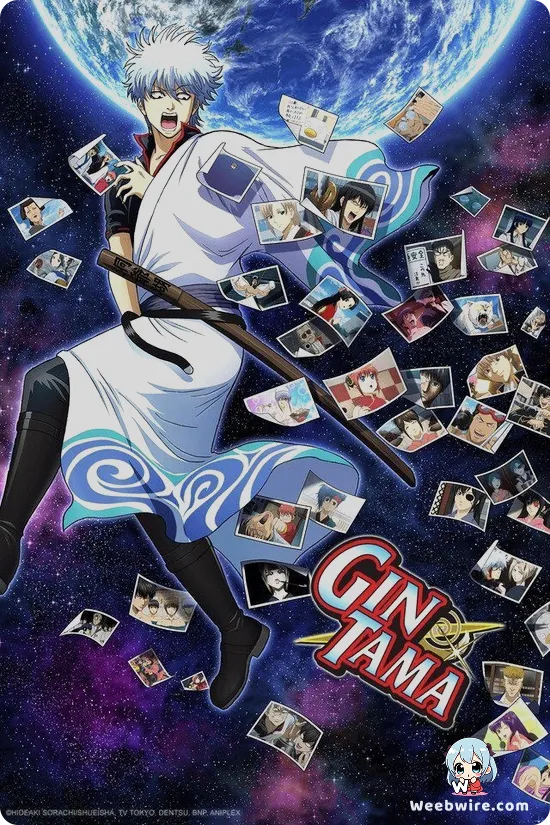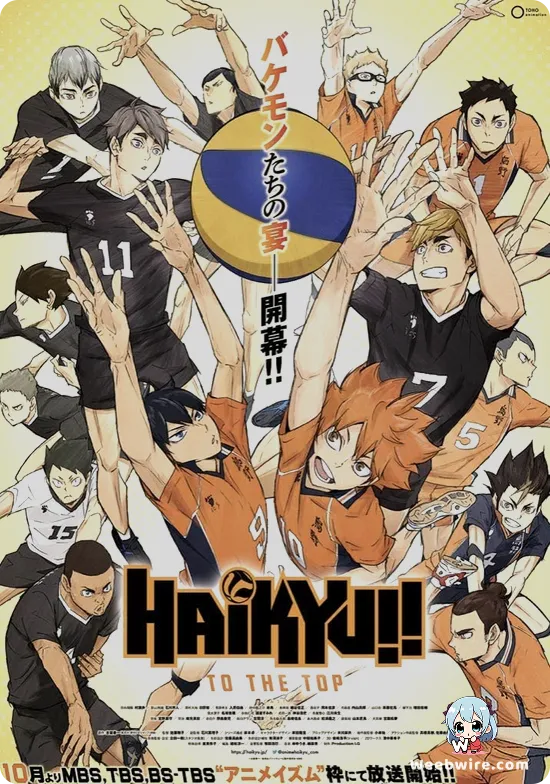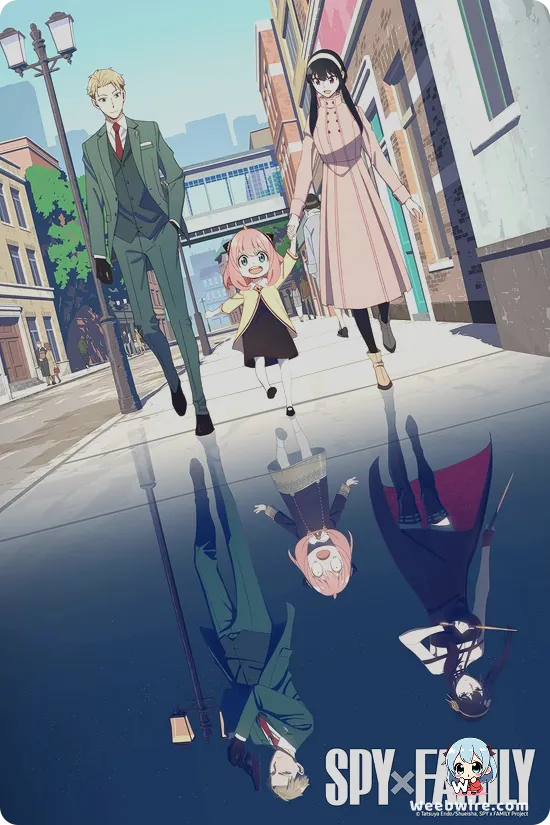More Than Meets the Eye: Unearthing the Hidden Depths of 'My Little Monster'
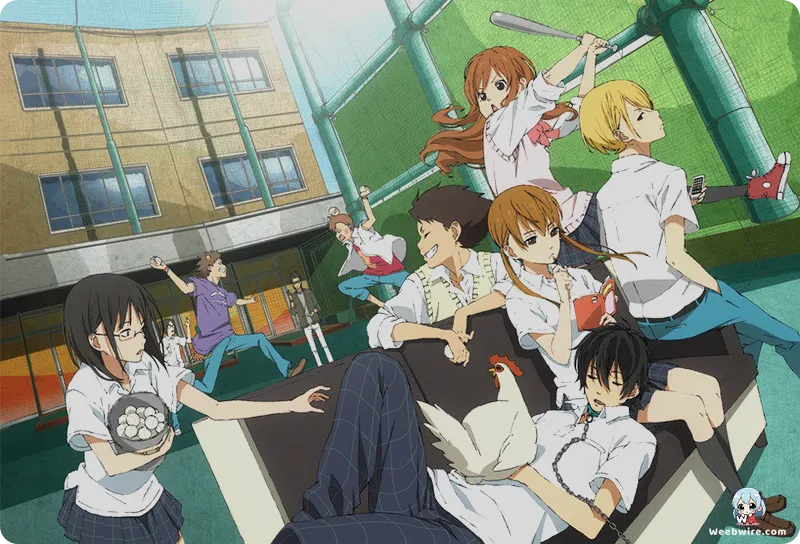
Dive into the unique, often hilariously chaotic world of My Little Monster, or Tonari no Kaibutsu-kun, an anime that redefined the shojo genre with its unconventional romance and unforgettable characters. Beyond its widely known premise the unlikely bond between the academically driven Shizuku Mizutani and the fiercely unpredictable Haru Yoshida lies a wealth of fascinating trivia and subtle narrative layers. Heralded for its innovative approach, the anime, animated by Brain's Base and first broadcast in 2012, left an indelible mark despite adapting only a segment of Robico's original manga. This article explores the surprising elements and profound nuances that truly elevate My Little Monster.
Subverting Shojo Tropes
The series brilliantly subverts traditional shojo tropes. Instead of a slow-burn romance, Haru boldly declares his affection for Shizuku almost immediately. This rapid confession dramatically shifts the narrative, focusing on the intricate journey of navigating a complex relationship. This choice allows the series to delve deeply into characters' psychological landscapes, exploring social anxiety, misunderstanding, and the struggle to articulate genuine emotions. Shizuku, initially an emotionless, study-focused individual, undergoes a compelling metamorphosis, catalyzed by Haru, evolving from a pragmatist to a woman capable of vulnerability and affection a central, often understated, testament to the story's brilliance.
Haru Yoshida's Complex Character
Conversely, Haru Yoshida, despite his fearsome reputation and volatile outbursts, is revealed as surprisingly intelligent and deeply empathetic. A lesser-known fact is his consistent academic excellence, often outperforming Shizuku despite truancy. This intellectual prowess, coupled with his sincere yearning for companionship, paints a nuanced portrait far more intricate than his 'monster' moniker suggests. His social awkwardness stems from a profound struggle with social cues and a history of misunderstanding, expertly illustrating how initial perceptions can be misleading and how authentic connection requires looking beyond superficial judgments.
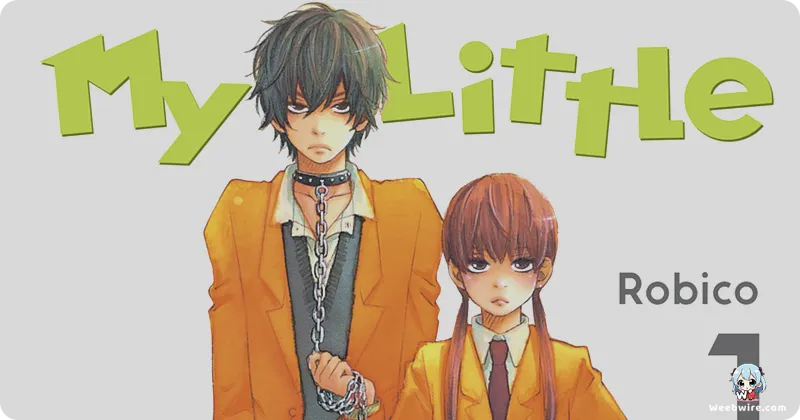
The Impact of the Supporting Cast
The vibrant supporting cast further amplifies the series' unique charm. Characters like Natsume Asako, the popular yet lonely girl, and Sasahara Souhei, the steadfast friend, are fully realized individuals with their own struggles. Natsume's battle with online addiction and quest for real-world friendships offers a sensitive commentary on contemporary social isolation a topic rarely explored with such nuance in romance anime. Her eventual integration into Shizuku and Haru's circle underscores the series' emphasis on genuine human connection.
Visuals and Thematic Depth
Enhancing its appeal is the series' exceptional visual storytelling. Robico's distinctive manga art style, with its clean lines and expressive character designs, was meticulously translated by Brain's Base. The studio flawlessly captured subtle emotional transitions and impeccable comedic timing, enhancing both humor and heartfelt moments. While the anime primarily covers the initial seven manga volumes, it powerfully establishes the core relationship and character development, inspiring fans to explore the original source material for Robico's expansive vision.
The series also subtly addresses academic pressure and future aspirations through Shizuku's arc. Her initial singular focus on grades contrasts with Haru's free-spirited philosophy. Their evolving relationship compels Shizuku to re-evaluate her priorities, realizing emotional fulfillment and personal connections are just as crucial as academic triumphs. This internal struggle resonates deeply with many viewers. My Little Monster, while primarily a romantic comedy, delivers a gentle yet profound commentary on the balance between ambition and personal happiness. Ultimately, it distinguishes itself not merely through its laugh-out-loud moments and tender romance, but through its intelligent exploration of complex characters, groundbreaking dynamics, and impactful thematic depth, solidifying its status as an unforgettable entry in the slice-of-life romance genre.
Credits
My Little Monster
Author
Robico
Cover Art
Robico
Studio
Brain's Base
Publisher
Kodansha
Producers

